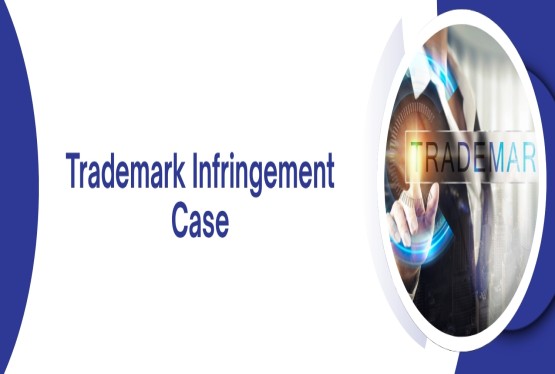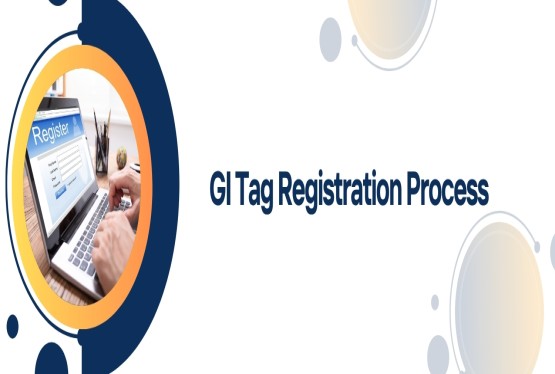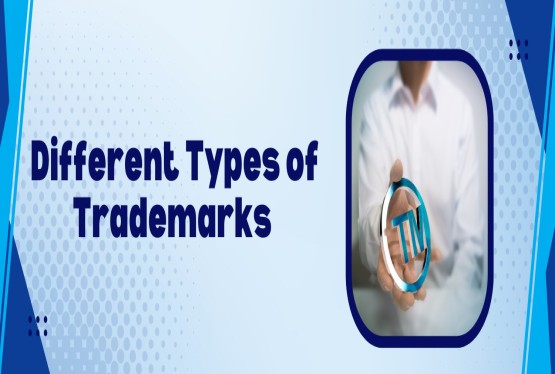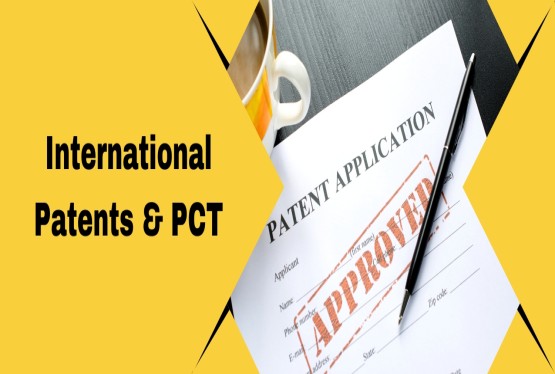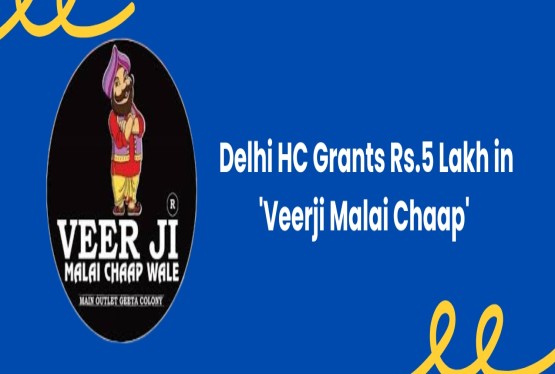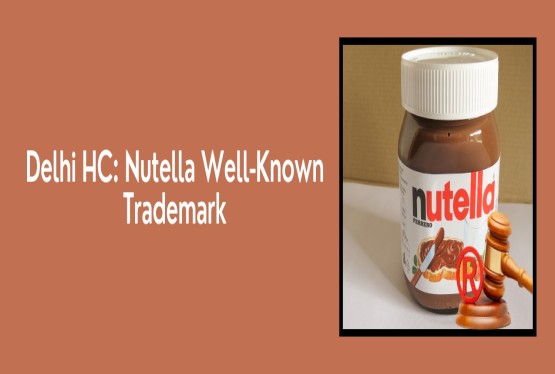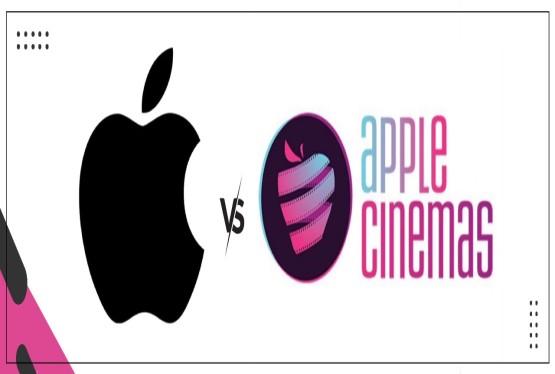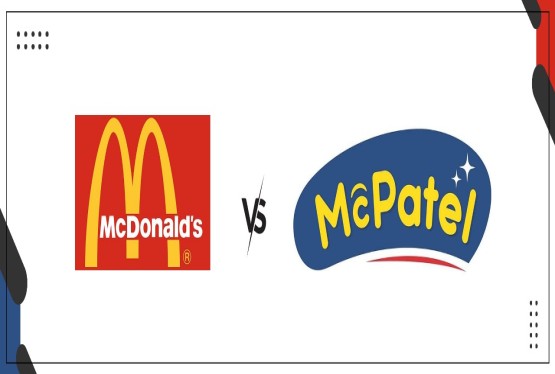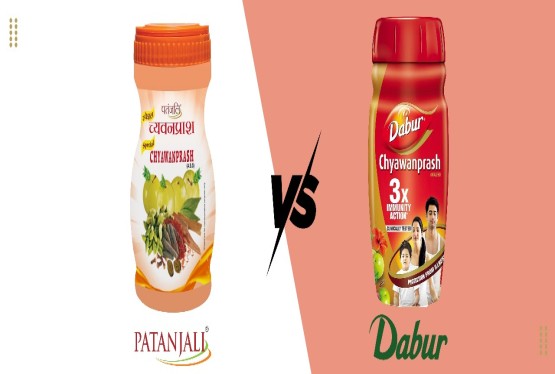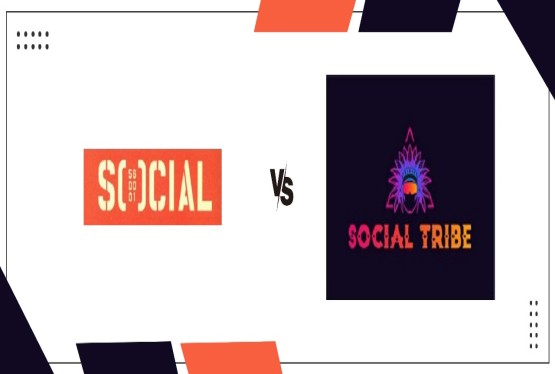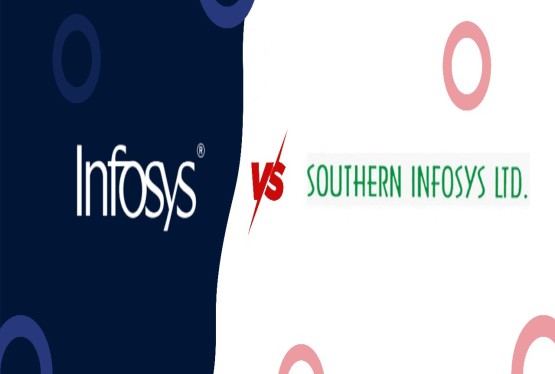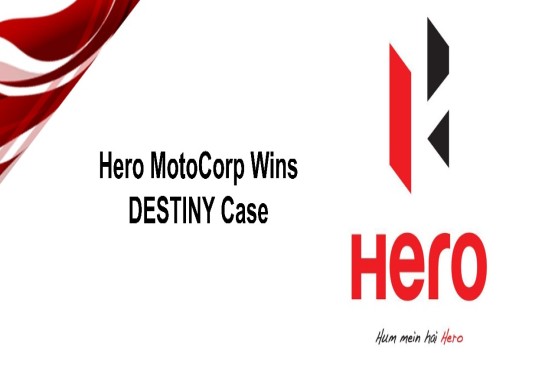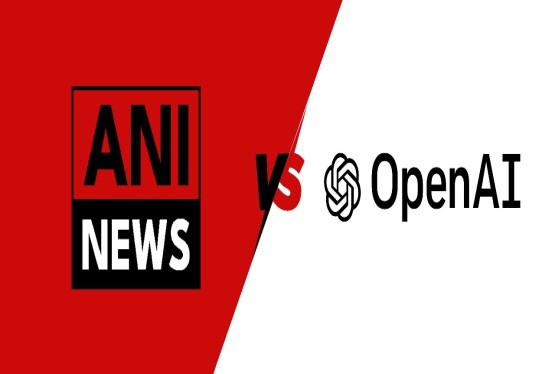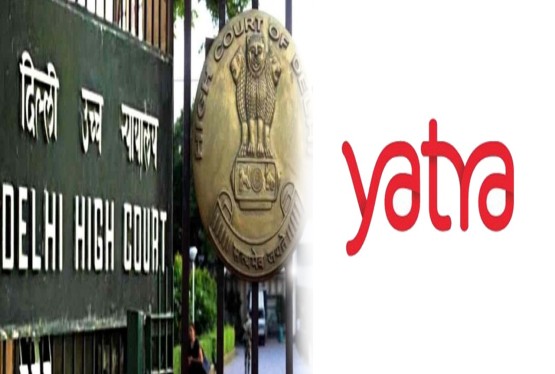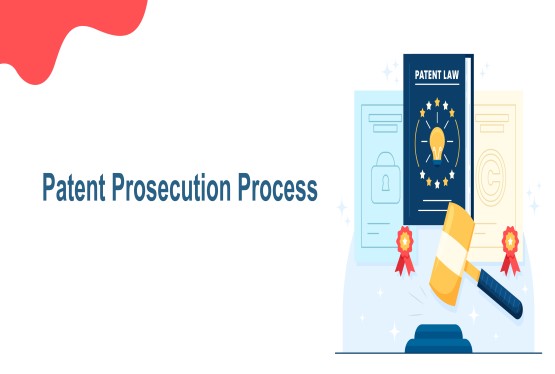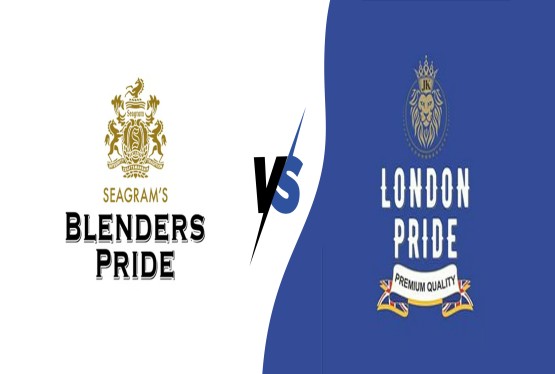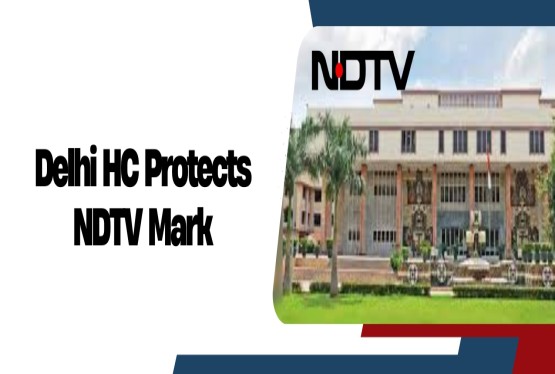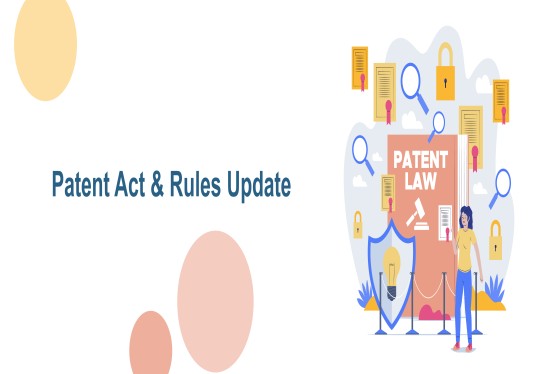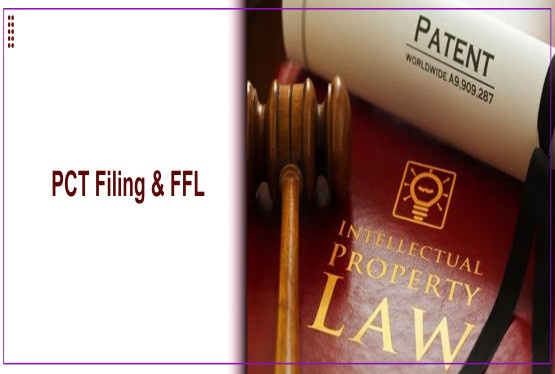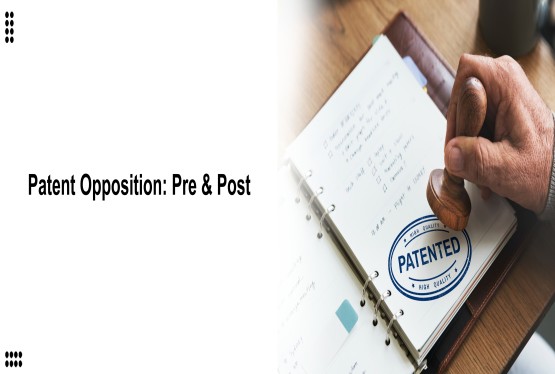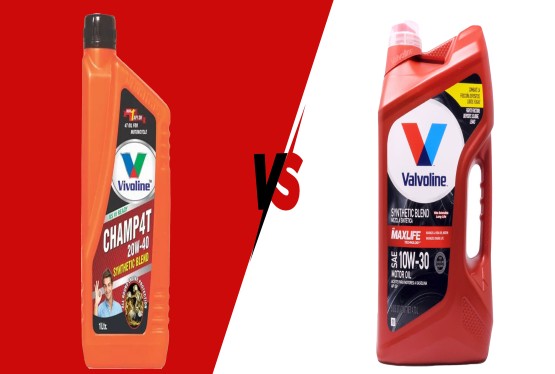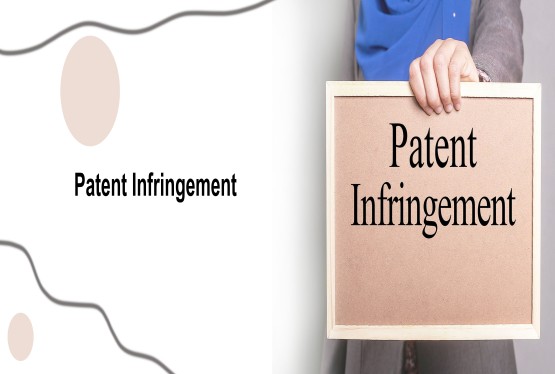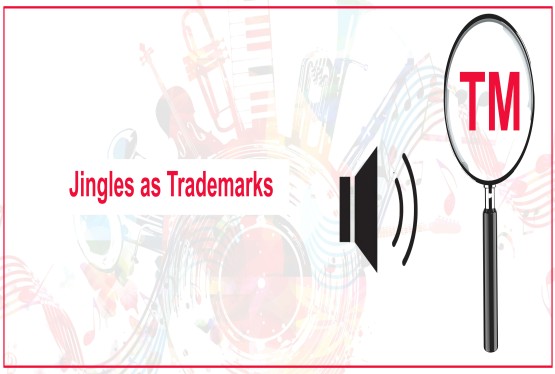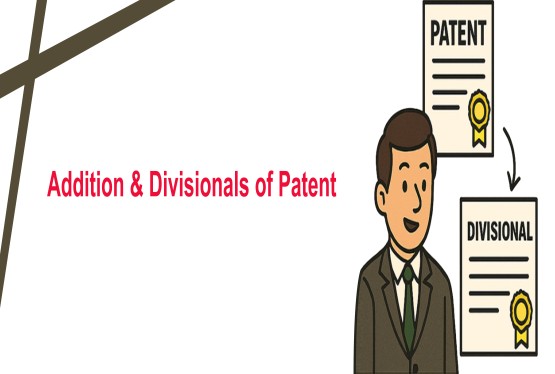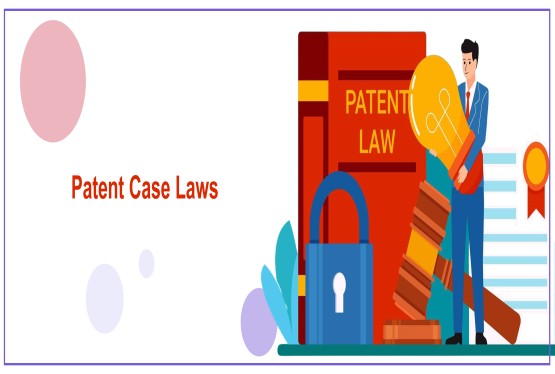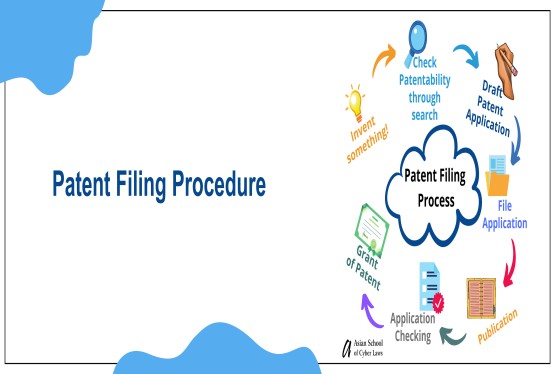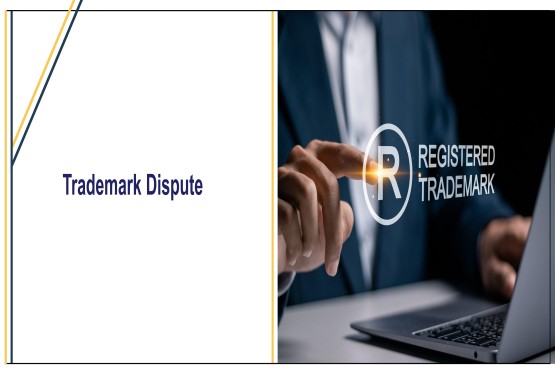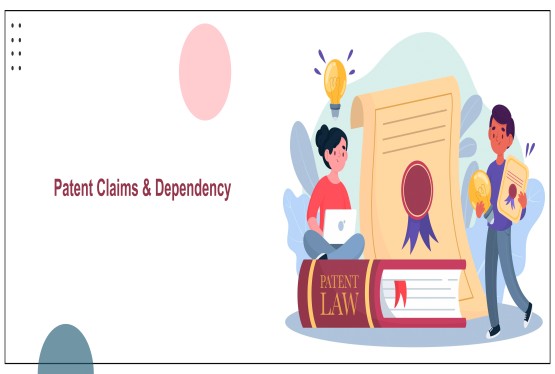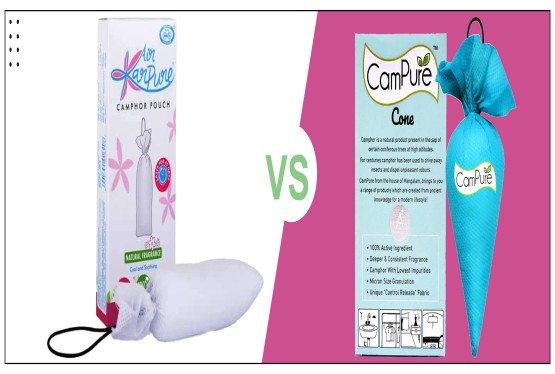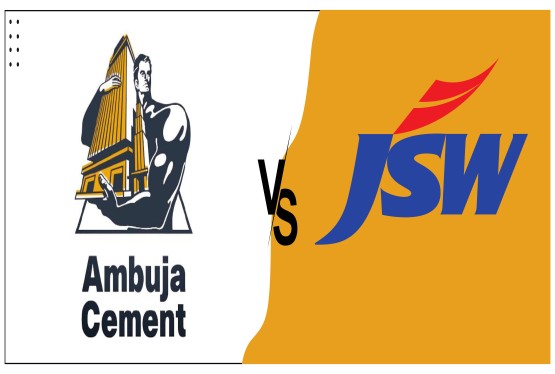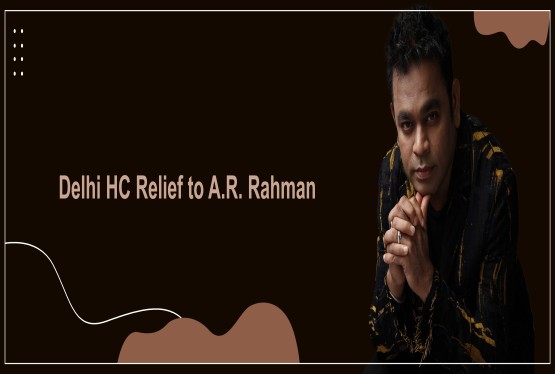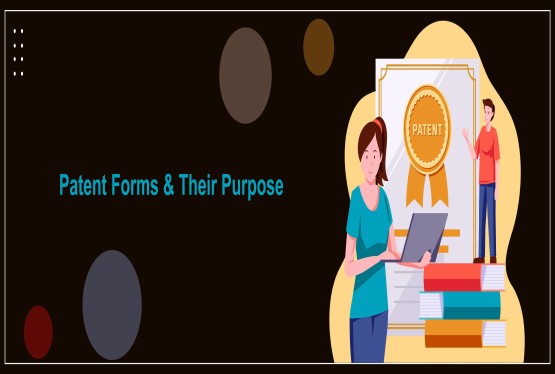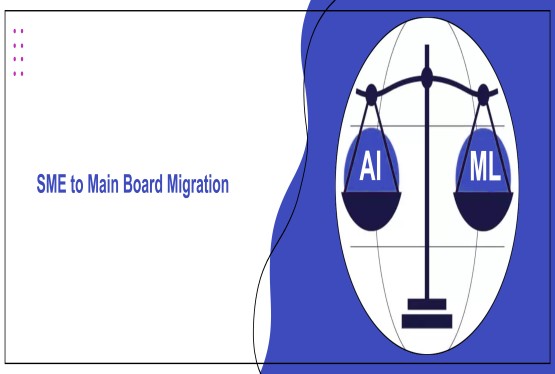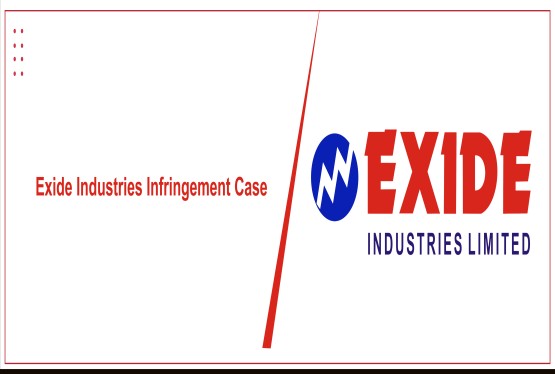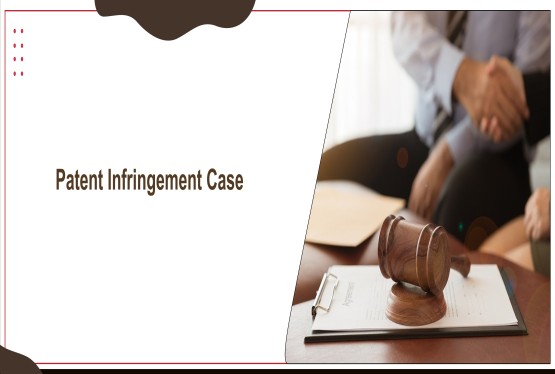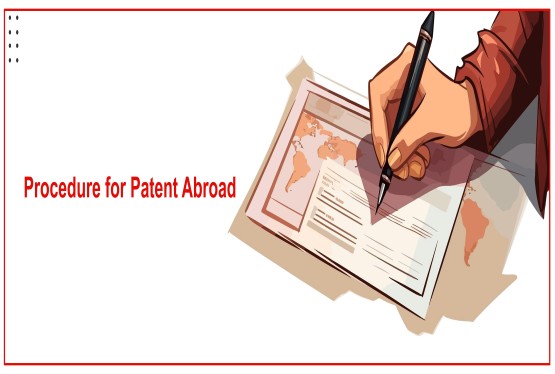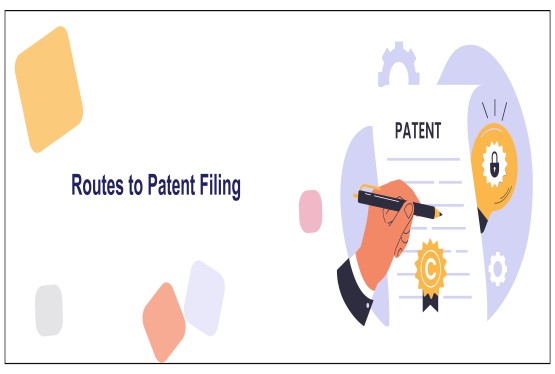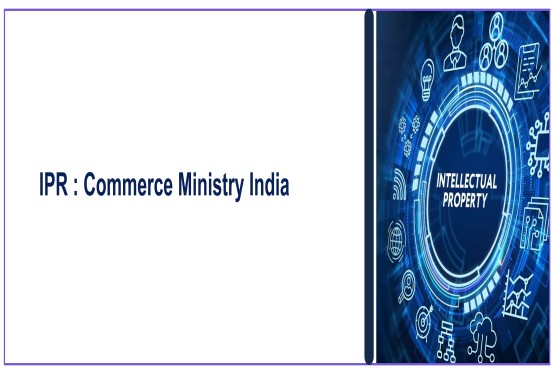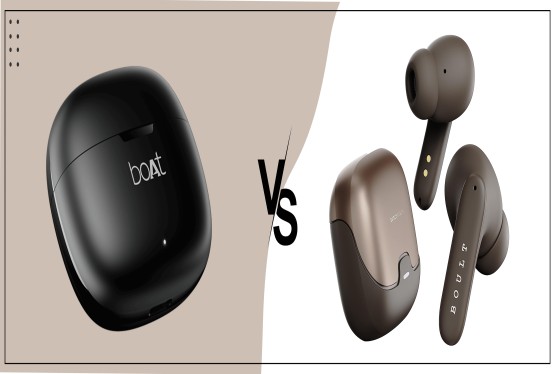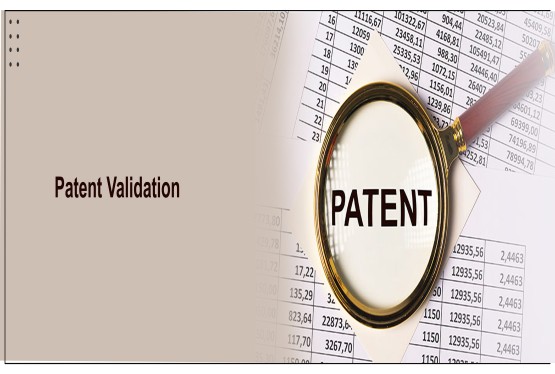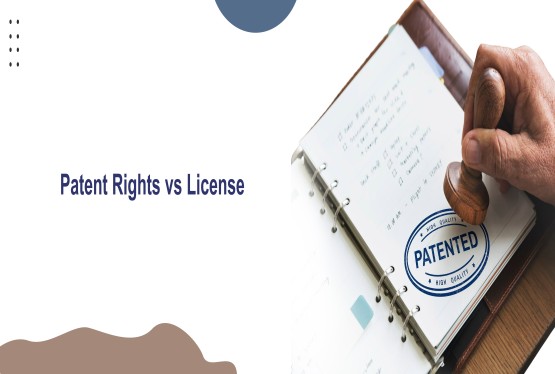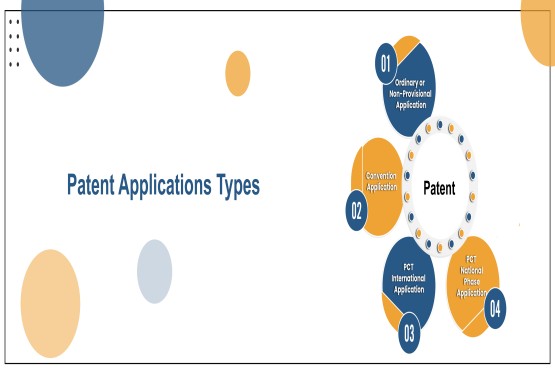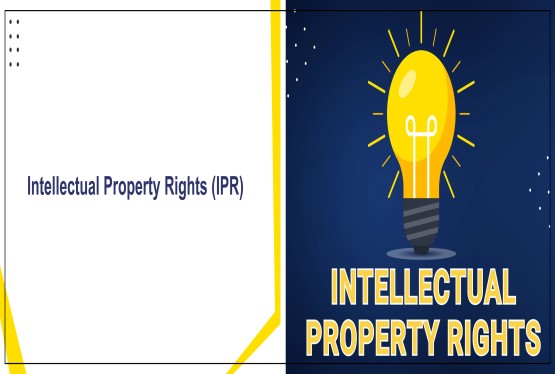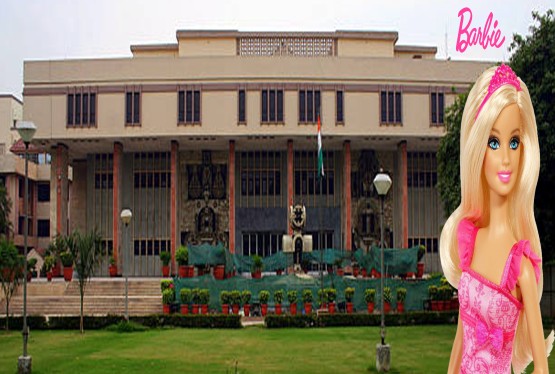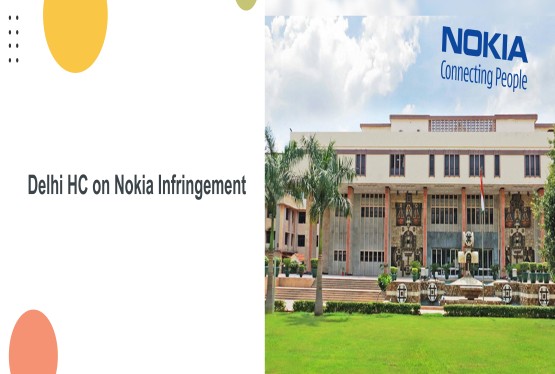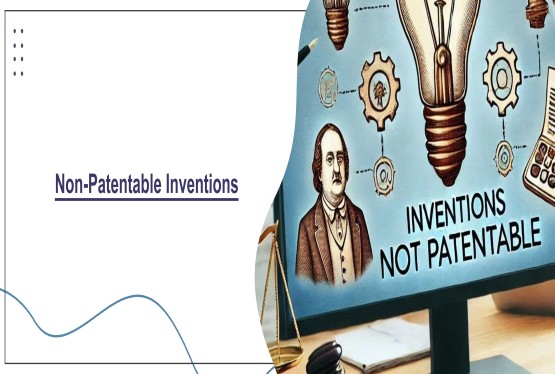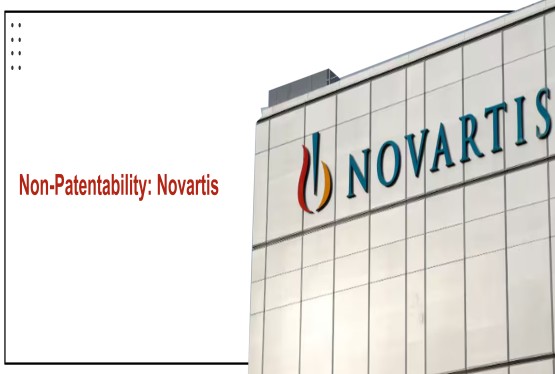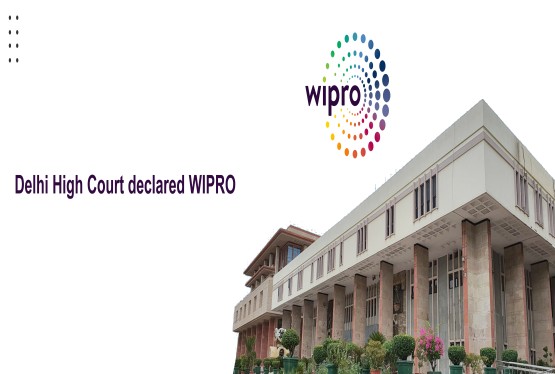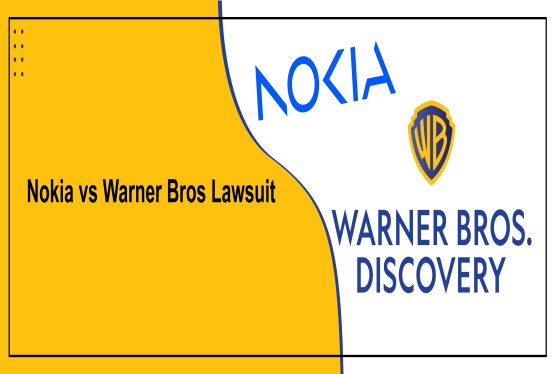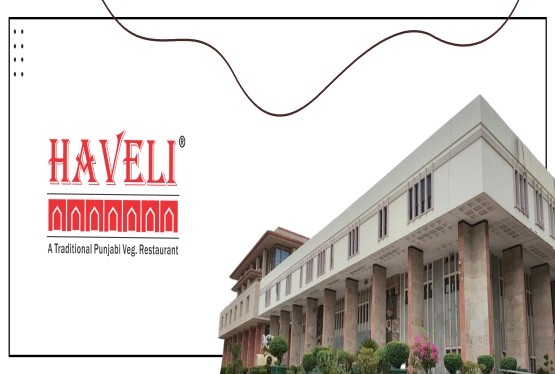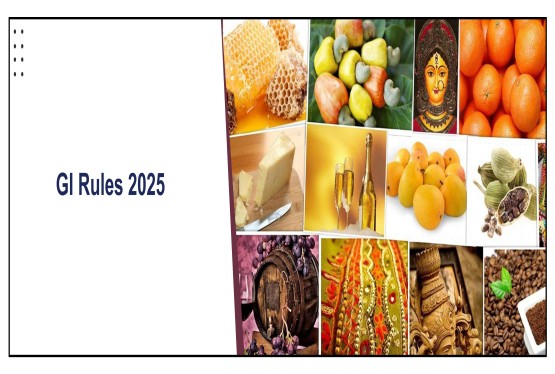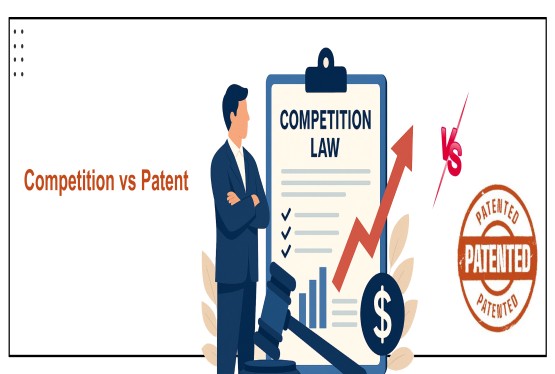A patent is a form of intellectual property rights, like trademarks and copyrights, that grants an inventor exclusive rights over their invention for a limited period. The term "patent" originates from the Latin word patere, meaning "to lay open," symbolizing the public disclosure of an invention in return for exclusive rights. In India, patents are governed by the Patents Act, 1970 and the Patent Rules, 2003. The primary objective of this legal framework is to promote innovation by rewarding inventors with the exclusive right to make, use, sell, or import their inventions for 20 years within the country’s geographical limits. This right ensures that others are prohibited from commercially exploiting the patented invention without the patentee’s permission, and any violation of this is termed as a patent infringement.
Basic Characteristics of a Patent
The following are some basic characteristics of a Patent:
Novelty
Novelty means that the invention must be completely new and original. It should not have been disclosed to the public in any form whether through written documents, public demonstrations, or prior use anywhere in the world before the date on which the patent application is filed. If an invention has already been published in any patent database, journal, article, or has been publicly used or exhibited, it loses its novelty and cannot be patented. Novelty ensures that only truly new and unique inventions are granted patent protection.
Inventive Step
An invention must include an inventive step, meaning it should not be something that is obvious or easily deduced by a person with ordinary knowledge and skills in the relevant technical field. The invention should show a significant technical improvement or economic benefit that is not apparent from existing knowledge or prior art. This criterion ensures that patents are granted only for inventions that represent a genuine advancement over what already exists, and not for minor or routine changes.
Industrial Applicability
To be patentable, an invention must be capable of being made or used in some form of industry. This means it must have practical utility and should not be purely theoretical or abstract. The invention should offer a tangible benefit and must be capable of being reproduced and used in sectors like manufacturing, agriculture, engineering, pharmaceuticals, etc. This requirement ensures that the invention has real-world relevance and can contribute to economic or technological development.
How Patent Differs from Other Intellectual Property Rights?
Patents are one of the most important branches of intellectual property rights, but they differ significantly from other IPRs like trademarks, copyrights, and industrial designs in terms of what they protect, how they are granted, and the nature of the rights conferred.
A patent protects inventions; that is, any novel, non-obvious, and industrially applicable product or process that provides a technical solution to a problem. The core aim of patent law is to encourage innovation and technological development by granting inventors an exclusive right to their invention for a limited period of 20 years from the date of filing. In exchange, the inventor must disclose the invention to the public, which contributes to the body of scientific and technical knowledge.
In contrast, a trademark protects the distinctive signs, logos, names, symbols, or slogans that identify the goods or services of a particular source from those of others. The objective of trademark law is to promote fair trade and consumer protection by preventing confusion in the marketplace. Trademark rights can last indefinitely, provided they are renewed every 10 years and the mark remains in use.
A copyright, on the other hand, safeguards original literary, artistic, musical, dramatic, cinematographic, and software works. It protects the expression of ideas, not the ideas themselves, and arises automatically upon creation of the work in a tangible form no registration is mandatory, although it’s advisable for legal enforcement. In India, the copyright generally lasts for the lifetime of the author plus 60 years after their death.
Industrial designs protect the aesthetic or ornamental features of a product such as shape, configuration, pattern, or color combinations that appeal to the eye. Design rights do not protect the functional aspects of a product; they only preserve its visual appearance. In India, design protection is governed by the Designs Act, 2000 and grants rights for an initial period of 10 years, extendable by another 5 years.
The registration process also varies among IPRs. A patent must be registered to gain any enforceable rights. Trademarks can be protected without registration through common law rights, but registered trademarks enjoy stronger legal standing. Copyrights arise automatically, and registration is optional. Designs, like patents, must be registered for protection.
All forms of intellectual property rights, including patents, are territorial in nature. This means they are enforceable only in the country where they are granted. For international protection, separate applications must be filed in each desired jurisdiction or through international treaties like the Patent Cooperation Treaty (PCT) or the Madrid Protocol for trademarks.
Types of Patents
Patents are legal protections granted to inventors for their novel, non-obvious, and industrially applicable inventions. They safeguard different kinds of inventions through three primary types of patents. While each type protects a specific aspect of an invention, in some cases, multiple types may apply to a single innovation. Below are the main types
Utility Patents
Utility patents protect new and useful inventions or innovations in processes, machines, compositions of matter, or manufacturing methods. This is the most commonly granted patent type worldwide. They can also be obtained for improvements to existing inventions that offer enhanced functionality. While utility patents are recognized in several countries such as the USA, Australia, UAE, Germany, France, and other EU nations, India does not separately classify them under "utility patents" but does offer protection under the general patent framework for inventions.
Design Patents (Industrial Design Protection)
Design patents protect the ornamental or aesthetic features of an article such as its shape, configuration, or surface patterns. They do not cover how the object works or is used, but only how it looks. To protect the functionality, a utility patent must be filed in addition. In India, the aesthetic aspect of a product is protected under the Designs Act, 2000, not the Patents Act.
Plant Patents
Plant patents are granted for new, distinct, and asexually reproduced plant varieties. Asexual reproduction includes methods like grafting, budding, or cutting rather than using seeds.
However, such patents are not available in India, as Indian patent law does not recognize plant patents.
They are available in countries like the USA, Australia, and various European nations, but not for tuber-propagated plants (like potatoes) or plants found in uncultivated wild states.
Patentability: Applying for a Patent in India
Not every creation or innovation qualifies for a patent. In India, an invention must meet specific legal requirements to be considered patentable. A patent is granted only when the invention fulfills the statutory conditions for patentability laid down under the Patents Act, 1970. Additionally, Section 3 and Section 4 of the Act enumerate the exceptions categories of inventions that are not patentable under Indian law.
Conditions for Patentability in India
To obtain a patent, an invention must satisfy the following three essential conditions:
Novelty (Newness)
The invention must be new and original, meaning it should not have been previously published, used, or known to the public in India or anywhere else in the world before the filing date of the patent application. If an invention already exists in any form, it cannot be patented.
Inventive Step (Non-obviousness)
The invention must involve a technical advancement or show economic significance that is not obvious to a person skilled in the relevant field of technology. Simply modifying an existing invention in an evident or predictable manner will not qualify.
Industrial Applicability
The invention must be capable of being made or used in an industry, meaning it must have practical utility. Abstract ideas, theories, or concepts without real-world application do not qualify for patent protection.
Non-Patentable Inventions (Exceptions under Section 3 and 4)
Even if an invention meets all the above criteria, it cannot be patented if it falls under the exceptions listed in:
-
Section 3: Covers inventions that are frivolous, contrary to public order or morality, mere discoveries, or those relating to natural laws, traditional knowledge, etc.
-
Section 4: Excludes inventions related to atomic energy, which are not patentable under Indian law.
Types of Patent Applications under the Indian Patents Act, 1970
India recognizes multiple types of patent applications to accommodate inventors at different stages of innovation and across different jurisdictions. Below are the key types:
Provisional Application
A Provisional Patent Application is filed when the invention is still in progress and the inventor needs more time to finalize it. It helps in securing an early priority date because India follows the "first-to-file" system.
Key Points:
-
Used when the invention is not yet fully developed.
-
Helps block others from filing a similar invention.
-
Must be followed by a Complete Specification within 12 months; otherwise, it lapses.
-
Does not require claims, but must clearly describe the invention
Complete (Ordinary or Non-Provisional) Application
A Complete Application is filed when the invention is fully developed and ready for patent protection. It includes a detailed description and claims.
-
Filed without claiming priority from any earlier application.
-
Must contain a complete specification: title, abstract, description, best method of performing the invention, claims, and drawings (if any).
-
Examination must be requested within 48 months from the filing or priority date.
Convention Application
A Convention Application is filed in India when the inventor has already filed a similar application in a Convention Country and wishes to claim that earlier filing date in India.
-
Must be filed within 12 months from the date of first filing in the convention country.
-
Helps secure the same priority date as the foreign filing.
-
Requires submission of certified priority documents and details of the earlier application.
PCT International Application
The Patent Cooperation Treaty (PCT) allows inventors to file a single international patent application which is valid in up to 150 PCT member countries.
-
Simplifies the process of seeking protection in multiple countries.
-
Administered by WIPO (World Intellectual Property Organization).
-
Establishes a single international filing date for all designated countries.
-
Includes an International Search Report (ISR) and optionally an International Preliminary Examination Report (IPER).
PCT National Phase Application
After filing a PCT International Application, the inventor must enter the national phase in each country where protection is sought.
-
In India, the national phase must be initiated within 30 or 31 months from the priority date (depending on PCT rules).
-
Treated like a regular Indian patent application after national entry.
-
Requires filing complete specification, forms, and fees.
Patent of Addition
This type of application is filed when the inventor makes an improvement or modification to an invention that has already been disclosed in a previous patent (parent application).
-
Can only be granted after the parent patent is granted.
-
No separate renewal fee; it expires with the main patent.
-
Should not involve a substantial inventive step over the original invention.
Divisional Application
If a single patent application contains more than one invention, it may be split into two or more separate applications, known as Divisional Applications.
-
Filed voluntarily by the applicant or required by the examiner.
-
Each divisional gets the same priority date as the parent application.
-
The term of the divisional patent is 20 years from the parent’s filing date.
Procedure for Grant of Patent in India
The process of obtaining a patent in India is governed by the Patents Act, 1970 and the Patent Rules, 2003. It involves a series of well-defined steps, timelines, and associated fees. A patent is granted only after thorough scrutiny to ensure that the invention meets the prescribed legal criteria.
Filing the Patent Application
The first step in the patent registration process is the filing of a patent application with the Indian Patent Office (IPO).
Types of Applications:
-
Provisional Application: Filed when the invention is still under development and not finalized. This helps secure an early priority date, giving the applicant 12 months to submit a complete specification.
-
Complete Application: Filed when the invention is fully developed, and the applicant is ready to proceed with the patent process.
Documents Required:
-
Form 1 – Application for grant of patent
-
Form 2 – Provisional or complete specification
-
Form 3 – Statement and undertaking regarding foreign applications (if applicable)
-
Form 5 – Declaration of inventorship
-
Form 26 – Power of attorney (if a patent agent is involved)
Filing Fee:
The filing fee varies depending on:
-
Type of applicant: Individual, small entity, or others
-
Number of claims and pages
Publication of Application
Once filed, the application is automatically published after 18 months from the priority date or the filing date, whichever is earlier.
Early Publication:
Applicants can request early publication by filing Form 9. In such cases, the application is published within 1 month from the date of request. Advantage: Patent rights are enforceable only after publication.
Examination of Application
Request for Examination (RFE):
To initiate examination, a Request for Examination (Form 18) must be filed within 48 months from the priority date or filing date, whichever is earlier.
If no such request is made, the application is deemed withdrawn.
Examination Process:
-
The Controller assigns the application to a Patent Examiner.
-
The Examiner scrutinizes the application based on:
-
Patentability criteria (novelty, inventive step, industrial applicability)
-
Formal requirements under the Act
-
The First Examination Report (FER) is issued, listing any objections or requirements.
Responding to FER & Compliance
Upon issuance of the FER, the applicant is required to respond to all objections within 6 months from the date of the report.
Extension:
A further 3-month extension may be granted upon request (Form 4), making the total response window 9 months. If the applicant fails to meet all the objections within this time frame, the application is considered abandoned.
Grant or Rejection of Patent
-
If all objections are cleared and formal requirements are met, the application proceeds to grant.
-
The patent is then granted and published in the Patent Office Journal.
-
In case of failure to overcome objections, the application is refused and the decision is communicated in writing.
Patent Infringement
Patent infringement refers to the unauthorized use, making, selling, offering for sale, or importing of a patented invention without the permission of the patent holder during the term of the patent. It is a violation of the exclusive rights granted to the patentee under the Patents Act, 1970.
When a third party exercises any of the rights conferred by a patent without the patentee’s consent, it constitutes an act of infringement.
Types of Patent Infringement
-
Direct Infringement: Occurs when a person or entity directly makes, uses, sells, or offers for sale a patented product or process without authorization. This includes products that are substantially similar to the patented invention.
-
Indirect Infringement: Happens when someone unknowingly or unintentionally assists in the infringement of a patent, often by contributing to the use or sale of an infringing product. It may involve deceitful or accidental use of a patented invention.
-
Contributory Infringement: Occurs when a person knowingly aids another in infringing a patent for example, by supplying components or tools specifically designed for an infringing use. This form of infringement usually requires knowledge and intent.
Remedies for Patent Infringement in India
As per section 108, Patent Act, 1970 When a patent is infringed, the patentee is entitled to seek civil remedies under Section 108 of the Patents Act. These remedies aim to stop the infringement, prevent further losses, and provide suitable compensation. The main remedies include injunctions, monetary compensation, and seizure or destruction of infringing goods.
Injunction
An injunction is the most common remedy in patent disputes. It is a court order that restrains the infringer from continuing the act of infringement. There are two main types:
-
Interim Injunction: Granted before the trial concludes to prevent further damage. To obtain it, the patentee must show a prima facie case, balance of convenience in their favor, and a risk of irreparable harm.
-
Permanent Injunction: Granted after the court concludes the case and finds infringement. It permanently stops the infringer from making, using, or selling the patented product or process.
-
Injunctions can be prohibitive (to stop certain actions) or mandatory (to compel actions, like removal of infringing goods).
Damages or Account of Profits
If the court rules in favor of the patentee, it may award either damages or account of profits, but not both.
-
Damages are awarded to compensate the patent owner for actual losses caused by the infringement, such as lost revenue or market share.
-
Account of Profits requires the infringer to disclose and hand over profits earned through unauthorized use of the patented invention. This option is useful when profits made by the infringer exceed the patentee’s loss.
-
The patentee must choose between these remedies based on which is more beneficial.
Seizure, Forfeiture, or Destruction
The court may also order the seizure, forfeiture, or destruction of infringing goods and tools primarily used in their manufacture. This helps prevent further misuse or circulation of the infringing products. The infringer is not entitled to any compensation for the goods or equipment destroyed under this order. Together, these remedies offer a strong legal framework to protect the rights of patent holders and ensure that infringers are prevented from causing further harm or gaining unfair advantage.
Conclusion
Patents serve as an important pillar of intellectual property rights by granting inventors exclusive rights to their innovations for a limited time. Governed by the Patents Act, 1970 in India, the patent system promotes technological advancement by encouraging public disclosure in exchange for legal protection. To qualify for patent protection, an invention must fulfill the essential criteria of novelty, inventive step, and industrial applicability; while avoiding the exclusions listed under Sections 3 and 4. With various types of patent applications and a structured registration process, the law accommodates different stages of innovation and international filings. Patent infringement, whether direct or indirect, undermines the patentee’s rights and is met with strong legal remedies such as injunctions, damages, and destruction of infringing goods. Overall, the patent regime plays a vital role in fostering innovation, protecting inventors’ interests, and contributing to national and global economic development.
Frequently Asked Questions
Q1. What is a patent?
Ans. A patent is an exclusive legal right granted for an invention, which provides the patentee the right to prevent others from making, using, selling, or importing the invention without permission for a period of 20 years from the date of filing.
Q2. What kinds of inventions can be patented in India?
Ans. An invention can be patented in India if it satisfies the following three conditions:
-
Novelty (it must be new),
-
Inventive step (not obvious to someone skilled in the art), and
-
Industrial applicability (can be made or used in an industry).
Inventions must not fall under Sections 3 and 4 of the Patents Act, which list non-patentable subject matter.
Q3. What are the types of patent applications in India?
Ans. There are several types of patent applications:
-
Provisional application
-
Complete (Ordinary) application
-
Convention application
-
PCT International application
-
PCT National Phase application
-
Patent of Addition
-
Divisional application
Q4. How long does a patent remain valid in India?
Ans. A patent is valid for 20 years from the filing date of the application, provided that annual renewal (maintenance) fees are paid.
Q5. What cannot be patented in India?
Ans. Under Sections 3 and 4 of the Patents Act, the following cannot be patented:
-
Frivolous or contrary-to-natural-law inventions
-
Inventions contrary to public order or morality
-
Mere discoveries of scientific principles or natural substances
-
Mathematical or business methods, or computer programs per se
-
Traditional knowledge
-
Atomic energy-related inventions
Q6. How can I apply for a patent in India?
Ans. You can apply for a patent by filing Form 1 (application), Form 2 (provisional or complete specification), and other relevant forms with the Indian Patent Office, either online or at one of the patent offices (Delhi, Mumbai, Chennai, or Kolkata).
Q7. When should I file a provisional patent application?
Ans. A provisional application should be filed when the invention is still under development but you want to secure a priority date. It must be followed by a complete specification within 12 months.
Q8. What is the timeline for patent publication in India?
Ans. Normally, a patent application is published 18 months from the date of filing or priority. You can request early publication by filing Form 9, in which case the application is published within 1 month.
Q9. What is the examination process for a patent?
Ans. You must file a Request for Examination (Form 18) within 48 months from the filing or priority date. The Controller assigns an examiner who issues a First Examination Report (FER). You must respond within 6 months (extendable by 3 months).
Q10. Can I file a patent internationally?
Ans. Yes. You can file a PCT International Application to seek protection in 150+ countries. Alternatively, you can file directly in foreign countries under the Paris Convention (Convention application), within 12 months of the Indian filing.
Q11. What is patent infringement?
Ans. Patent infringement occurs when someone makes, uses, sells, or imports a patented invention without the patentee’s permission during the term of the patent.
Q12. What remedies are available for patent infringement in India?
Ans. As per Section 108 of the Patents Act, remedies include:
-
Injunction (interim or permanent)
-
Damages or account of profits
-
Seizure or destruction of infringing goods
Q13. Can a patent be revoked in India?
Ans. Yes, a patent can be revoked on several grounds such as lack of novelty, non-patentable subject matter, or misrepresentation. Revocation proceedings can be initiated under Section 64 of the Patents Act.
Q14. Is patent registration mandatory for protection?
Ans. Yes. Unlike copyright, which arises automatically, a patent must be registered to get legal protection and enforce your rights.
Q15. Who can apply for a patent in India?
Ans. Any individual, company, or organization either alone or jointly can apply for a patent, provided they are the true and first inventor or an assignee of the inventor.






























_(b)_of_the_Trademark_Act,_1999_(1)_crop10_thumb.jpg)



_crop10_thumb.jpg)




























_crop10_thumb.jpg)
_crop10_thumb.jpg)






_crop10_thumb.jpg)








_crop10_thumb.jpg)



_crop10_thumb.jpg)





























_crop10_thumb.jpg)

















_crop10_thumb.jpg)






_crop10_thumb.jpg)












































































































































_crop10_thumb.jpg)




































_crop10_thumb.jpg)












_crop10_thumb.jpg)













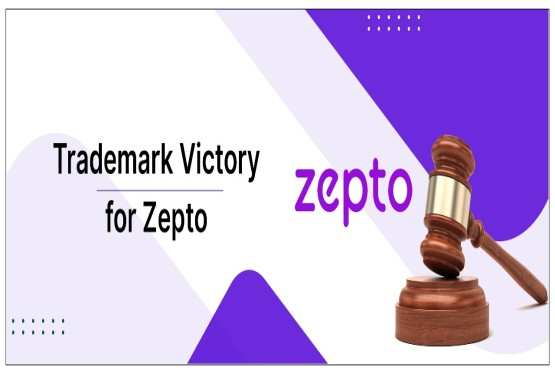




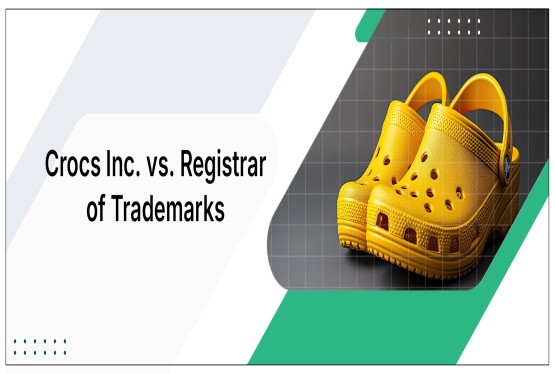















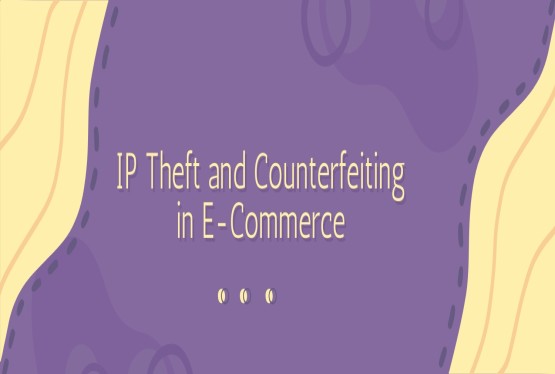












_crop10_thumb.jpg)






